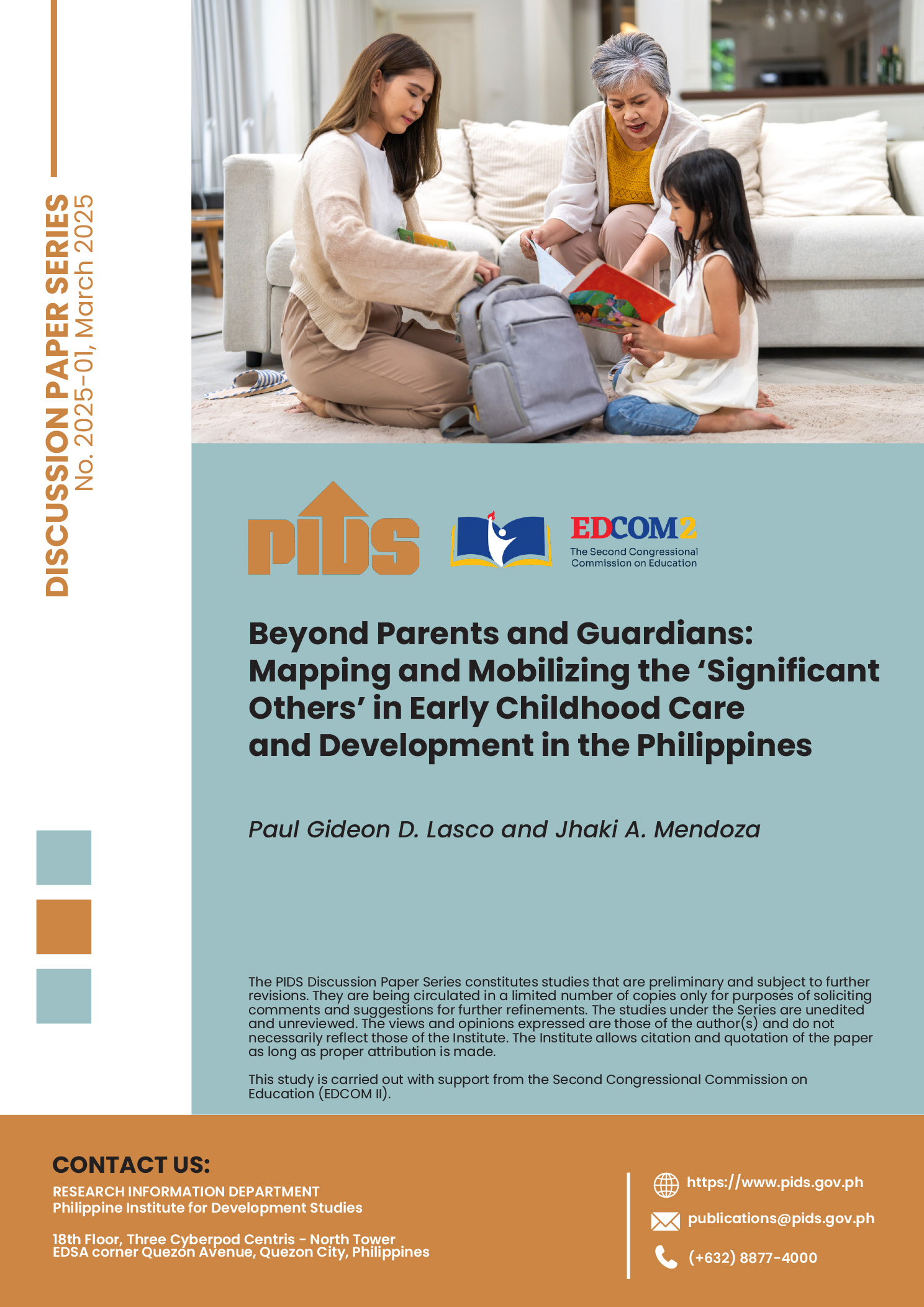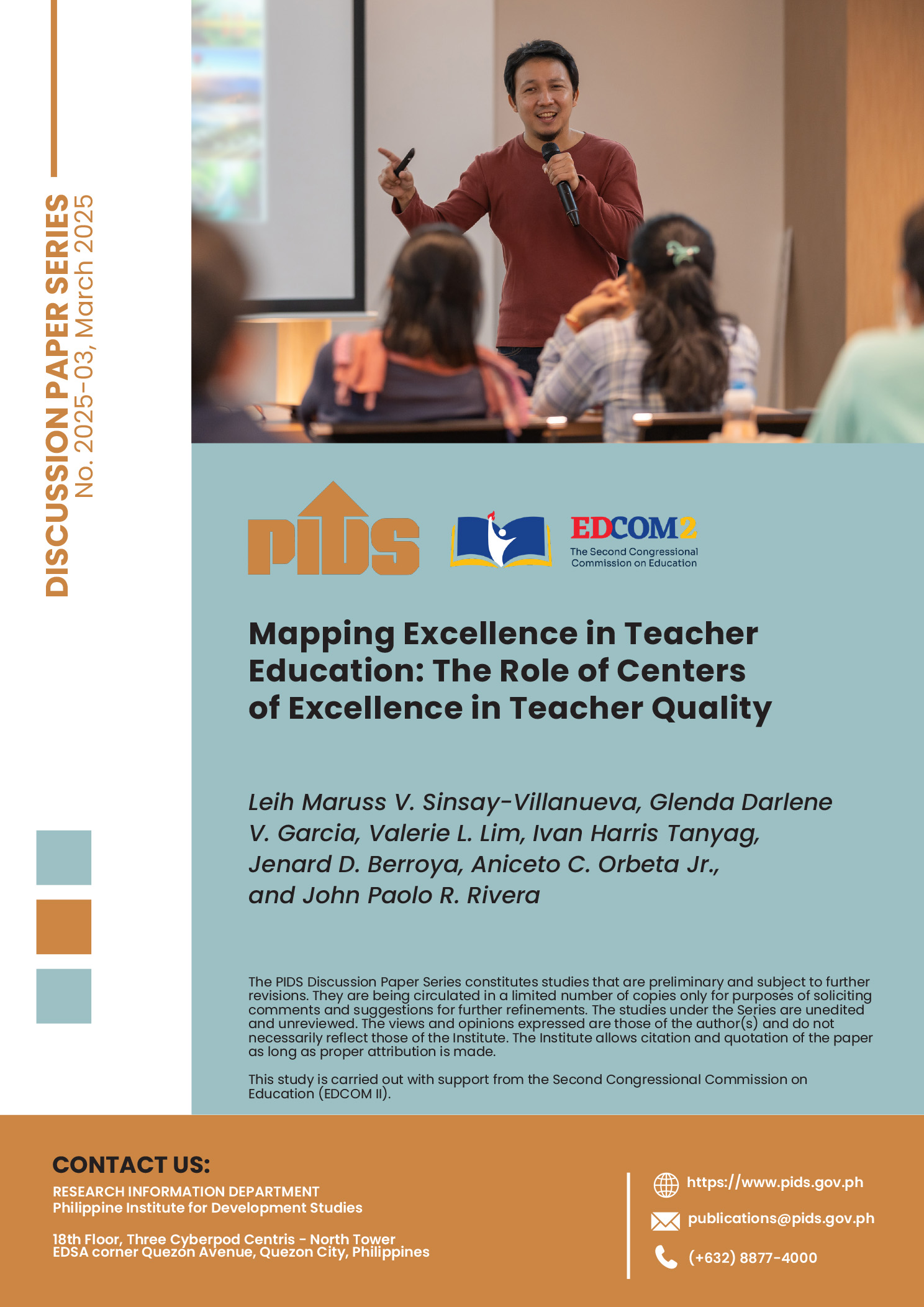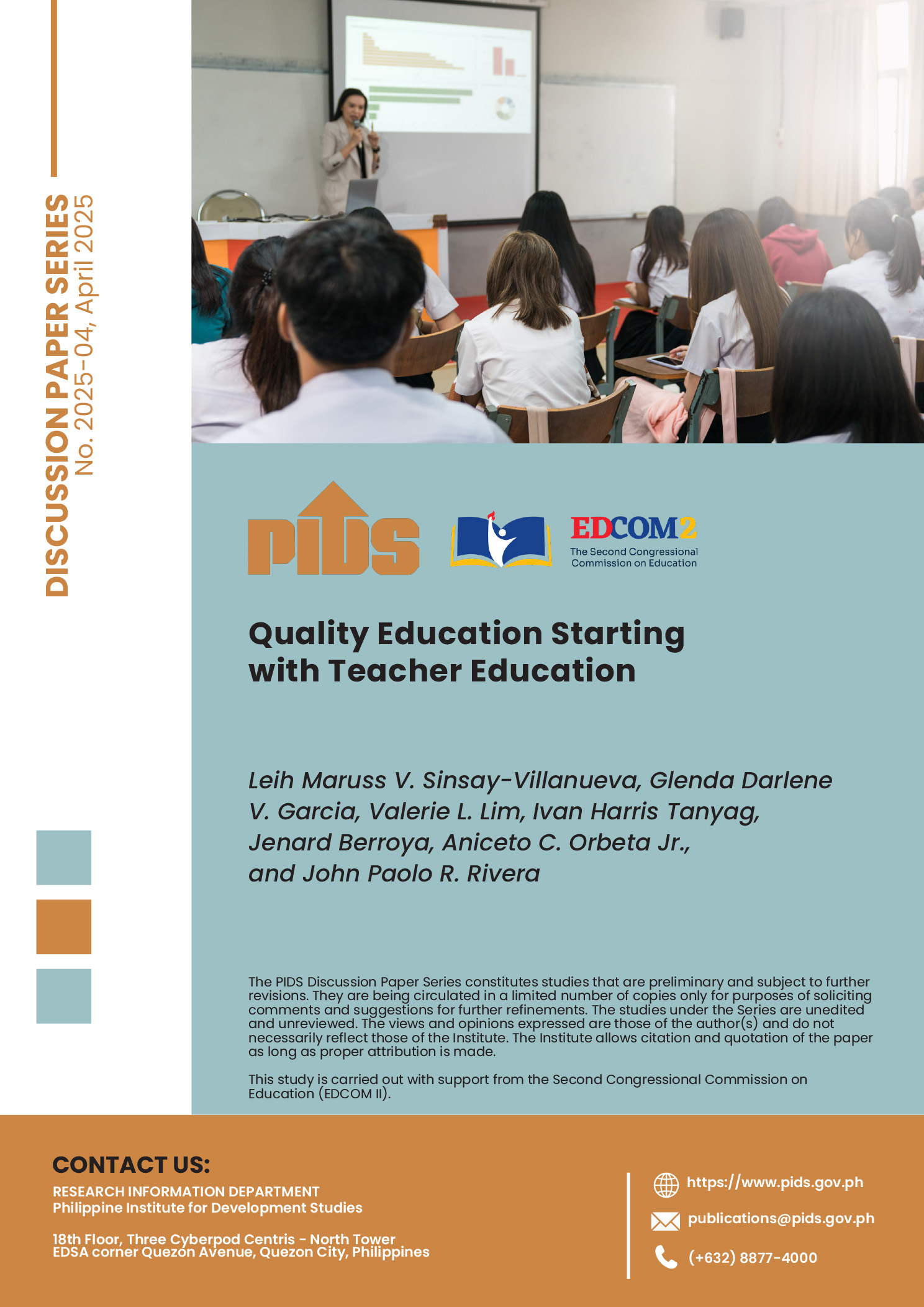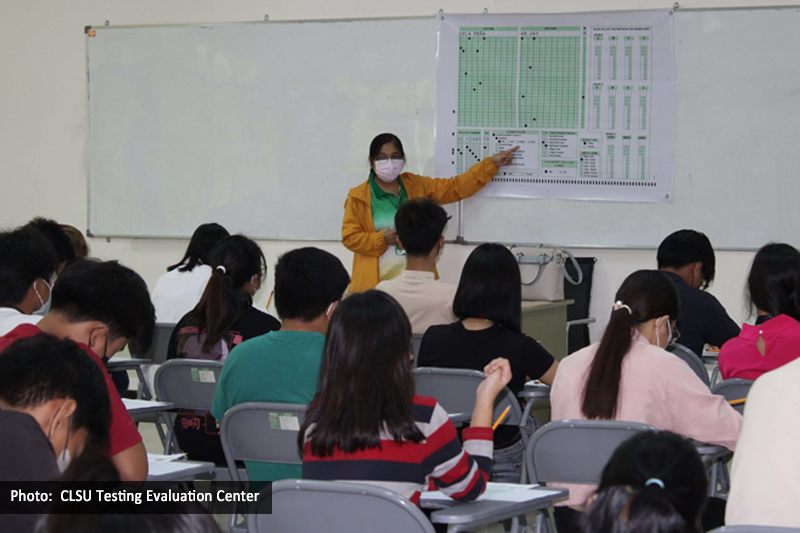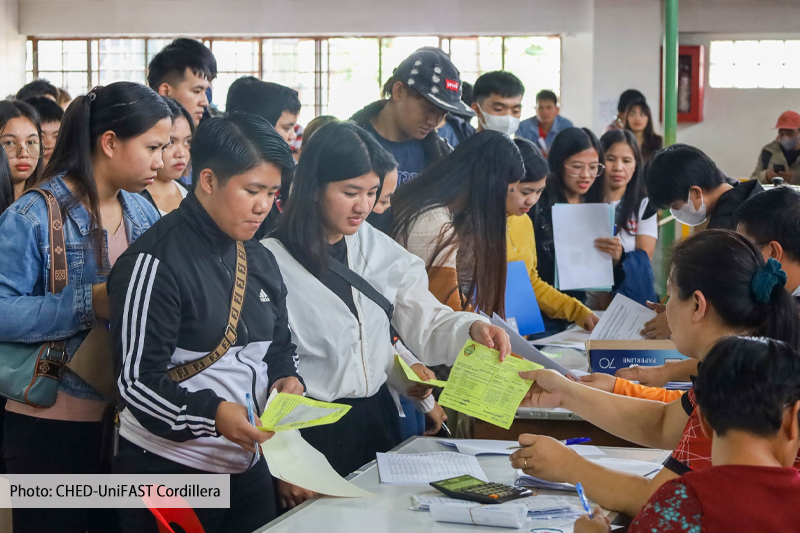Several government academic and research institutions have closed ranks to undertake programs that enhance the interest of high school students in pursuing agriculture and related sciences as a career.
One of the programs recently crafted along this line is titled “Students-Teachers Agri-Aqua Ambassadors for Innovation and Livelihood (STAIL).” It addresses the decreasing number of students enrolled in agri-aqua courses.
The downward trend in enrolment in this field is shown in a comprehensive study on trends, prospects and policy directions in higher education in agriculture done by the Philippine Institute for Development Studies and the Los Baños-based Department of Science and Technology-Philippine Council for Agriculture, Aquatic and Natural Resources Research and Development (DOST-PCAARRD).
Initially, STAIL will develop a Science and technology (S&T) culture among public high schools in Laguna and later in CALABARZON.
The program, a joint initiative of DOST-PCAARRD and some state universities and colleges, was discussed at a PCAARRD forum recently held and attended mostly by representatives of SUCs and the PCAARRD S&T/R&D network.
Another program, “AgriSikat,” serves as a career advocacy and family engagement in agriculture and fisheries. It is jointly undertaken by the Central Luzon State University (CLSU), the Commission on Higher Education, the Department of Education and the Central Luzon Agriculture, Aquatic and Resources Research and Development Consortium.
Launched recently at the CLSU in the Science City of Muñoz, Nueva Ecija, AgriSikat aims to promote agriculture and fisheries as a viable career option for students and to inspire their families in productive agri-aqua endeavors for livelihood. It initially targets five school divisions in Nueva Ecija: Cabanatuan City, San Jose City, Muñoz, San Isidro and Gapan.
STAIL, AgriSikat and other similar programs have been touched off by the results of studies indicating the dwindling number of students pursuing agriculture as a profession.
One disturbing fact is that while the number of students enrolling in agriculture is diminishing, the average age of the country’s farmers population (57) continues to advance, according to a study presented at a forum at the Southeast Asian Regional Center for Graduate Study and Research in Agriculture in Los Baños.
One of the programs recently crafted along this line is titled “Students-Teachers Agri-Aqua Ambassadors for Innovation and Livelihood (STAIL).” It addresses the decreasing number of students enrolled in agri-aqua courses.
The downward trend in enrolment in this field is shown in a comprehensive study on trends, prospects and policy directions in higher education in agriculture done by the Philippine Institute for Development Studies and the Los Baños-based Department of Science and Technology-Philippine Council for Agriculture, Aquatic and Natural Resources Research and Development (DOST-PCAARRD).
Initially, STAIL will develop a Science and technology (S&T) culture among public high schools in Laguna and later in CALABARZON.
The program, a joint initiative of DOST-PCAARRD and some state universities and colleges, was discussed at a PCAARRD forum recently held and attended mostly by representatives of SUCs and the PCAARRD S&T/R&D network.
Another program, “AgriSikat,” serves as a career advocacy and family engagement in agriculture and fisheries. It is jointly undertaken by the Central Luzon State University (CLSU), the Commission on Higher Education, the Department of Education and the Central Luzon Agriculture, Aquatic and Resources Research and Development Consortium.
Launched recently at the CLSU in the Science City of Muñoz, Nueva Ecija, AgriSikat aims to promote agriculture and fisheries as a viable career option for students and to inspire their families in productive agri-aqua endeavors for livelihood. It initially targets five school divisions in Nueva Ecija: Cabanatuan City, San Jose City, Muñoz, San Isidro and Gapan.
STAIL, AgriSikat and other similar programs have been touched off by the results of studies indicating the dwindling number of students pursuing agriculture as a profession.
One disturbing fact is that while the number of students enrolling in agriculture is diminishing, the average age of the country’s farmers population (57) continues to advance, according to a study presented at a forum at the Southeast Asian Regional Center for Graduate Study and Research in Agriculture in Los Baños.

